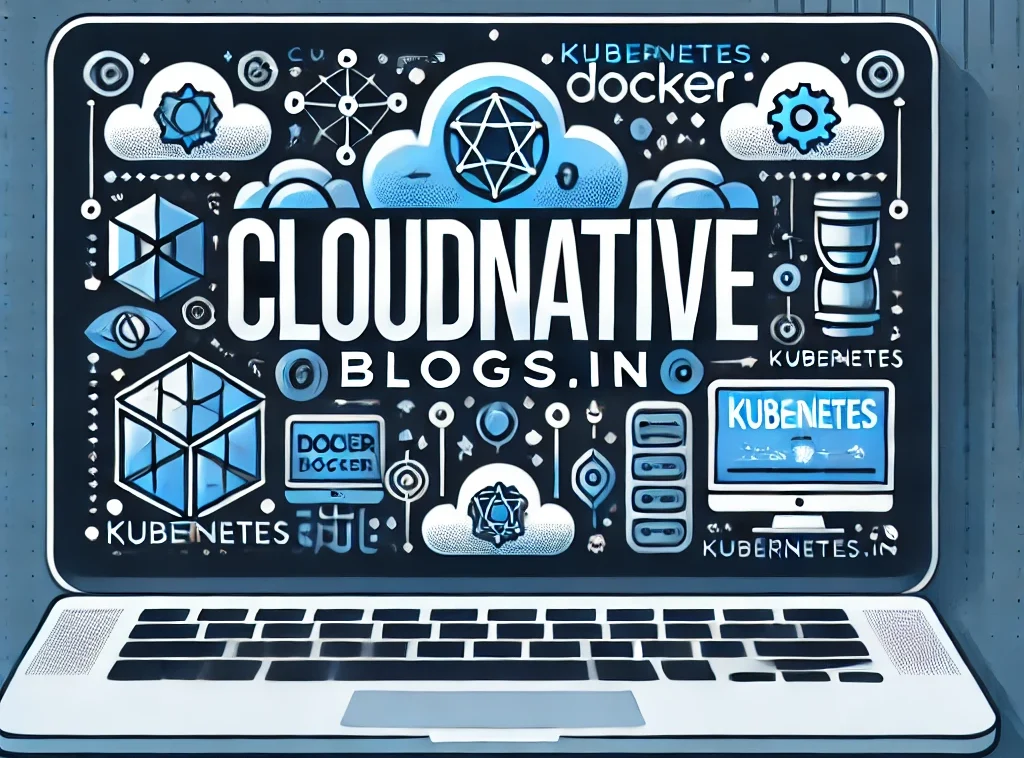Optical transceivers are pivotal in modern networking infrastructure, providing high-speed, long-distance, and low-latency communication. They enable efficient data transfer across data centers, telecommunications networks, enterprise systems, and more. By leveraging their benefits, such as enhanced bandwidth, reduced electromagnetic interference, and scalability, organizations can meet the increasing demands of data-intensive applications and ensure reliable connectivity in various sectors. As technology evolves, optical transceivers will continue to play a key role in shaping the future of network performance and efficiency.
The Role of MongoDB in the MEAN Stack Architecture
MongoDB is a key component of the MEAN stack architecture, providing a flexible, high-performance, and scalable database solution. Its role involves storing and managing data, integrating seamlessly with Node.js and Express.js, and supporting dynamic interactions with Angular. The benefits of MongoDB, such as its schema flexibility, scalability, and performance optimization, make it an ideal choice for modern web applications. However, developers must also consider challenges like data consistency and schema design to fully leverage MongoDB’s capabilities.
Optimizing Application Performance: Tools, Techniques, and Best Practices
Optimizing application performance is a critical aspect of ensuring a seamless user experience and achieving business objectives. This comprehensive guide explores various strategies, tools, and techniques for monitoring and improving app performance, covering aspects from code optimization to infrastructure management.
Leveraging Quantum Principles for More Secure Communication Networks
Quantum principles offer a revolutionary approach to securing communication networks through quantum key distribution, quantum encryption, and post-quantum cryptography. By integrating these methods with classical technologies, we can create communication systems that are robust against emerging threats, paving the way for a future with enhanced security and resilience.
Comparative Analysis of macOS, GNU/Linux, FreeBSD, and Oracle Solaris: Features, Design, and Use Cases
macOS, GNU/Linux, FreeBSD, and Oracle Solaris each offer distinct features and strengths. macOS is known for its user-friendly interface and integration within Apple’s ecosystem, GNU/Linux provides flexibility and customization, FreeBSD excels in performance and reliability, and Oracle Solaris focuses on enterprise scalability and advanced features. Each operating system caters to different needs and use cases, making it essential to choose based on specific requirements.
The Impact of Clock Speed Versus Architecture on Computing Performance
In computing, architecture typically has a more profound impact on performance than clock speed. While higher clock speeds offer immediate gains, they are limited by thermal and physical constraints. Architectural improvements, such as advanced pipelining and multi-core designs, provide more substantial and sustainable performance benefits by optimizing processing efficiency and resource utilization.
Synergies Between Quantum Computing and Edge Computing for Advancing AI and Machine Learning
The convergence of quantum computing and edge computing offers transformative potential for AI and ML. By combining quantum acceleration with local processing capabilities, this synergy promises breakthroughs in model training, real-time inference, and enhanced security. Overcoming technical and scalability challenges will be key to unlocking these advancements.
Different Types of Reviews in the Software Development Life Cycle (SDLC)
Introduction In the Software Development Life Cycle (SDLC), reviews are critical checkpoints that ensure the quality, correctness, and completeness of the software being developed. These reviews help identify issues early in the development process, reduce risks, and enhance the overall quality of the final product. This article explores the different types of reviews that occur […]
100 SQL Commands for Mastering SQL
100 SQL Commands for Mastering SQL
Understanding Montague\’s Semantics: A Comprehensive Overview
This expanded version provides more comprehensive insights into Montague\’s Semantics, including its core principles, applications in various domains, critiques, and debates surrounding its concepts.
Understanding Kripke’s Semantics: A Comprehensive Overview
This expanded version provides more in-depth explanations of Kripke\’s Semantics, its applications in various fields, including linguistics and computer science, as well as the critiques and debates surrounding its concepts.
Alan Turing’s Impact on Device Development at HMGCC: A Pioneering Legacy
This expanded article further explores Alan Turing\’s influential contributions to device development at HMGCC, emphasizing his pivotal role in cryptography, computing, and the development of devices such as the Bombe machine.
Mastering Efficiency and Optimality: Exploring Dijkstra’s Algorithm
In this article, we delve into the intricacies of Dijkstra’s Algorithm, its underlying principles, and real-world implementations.

